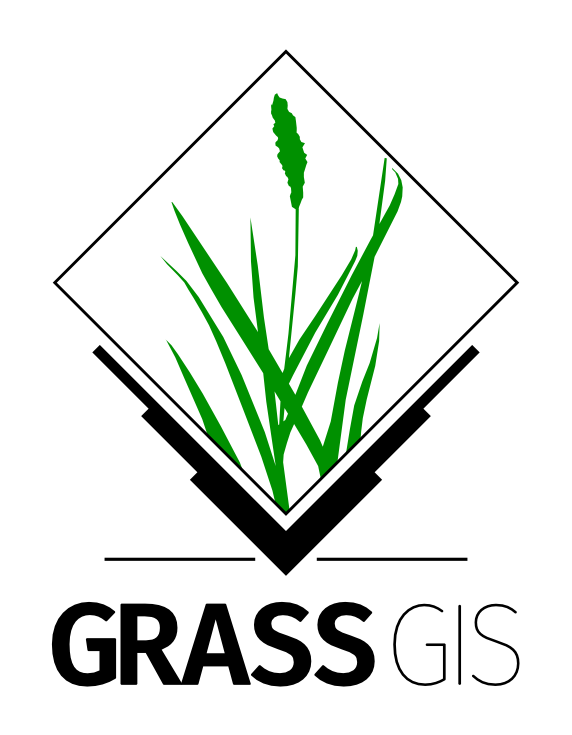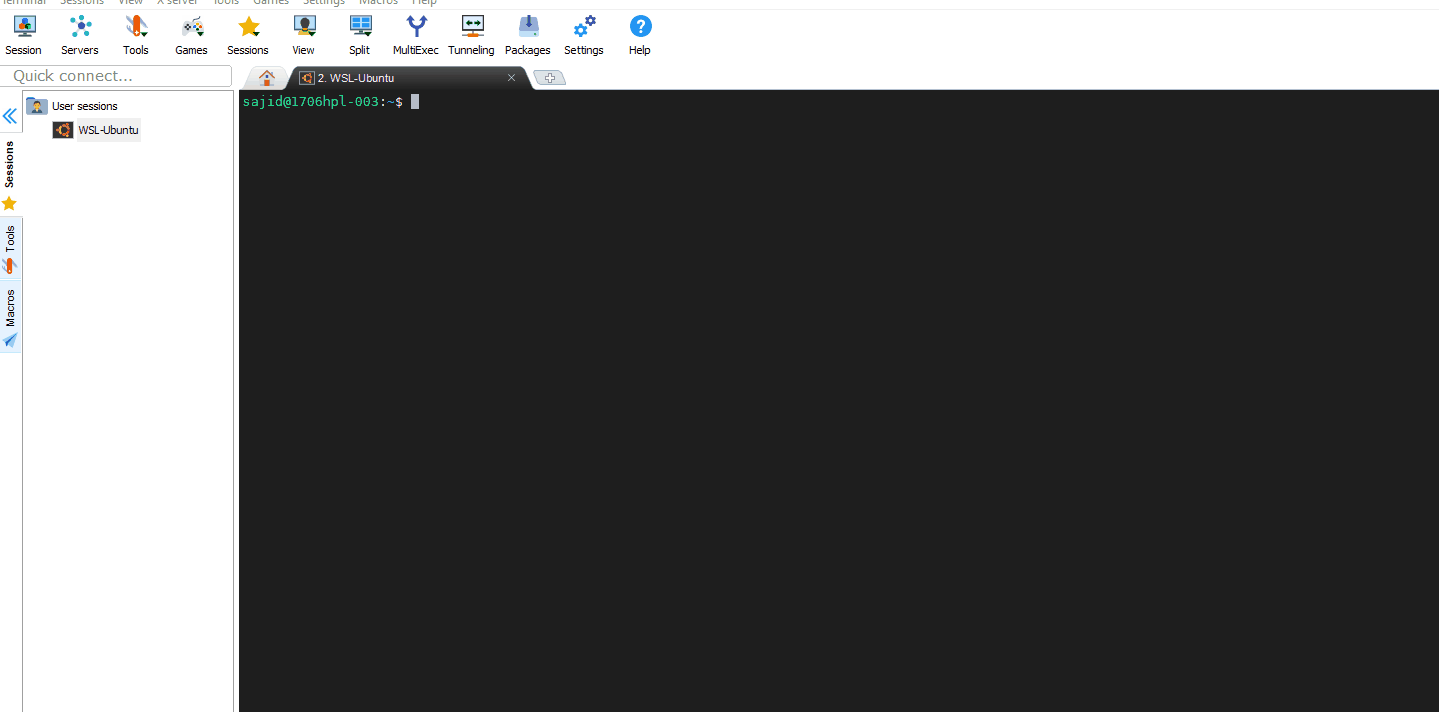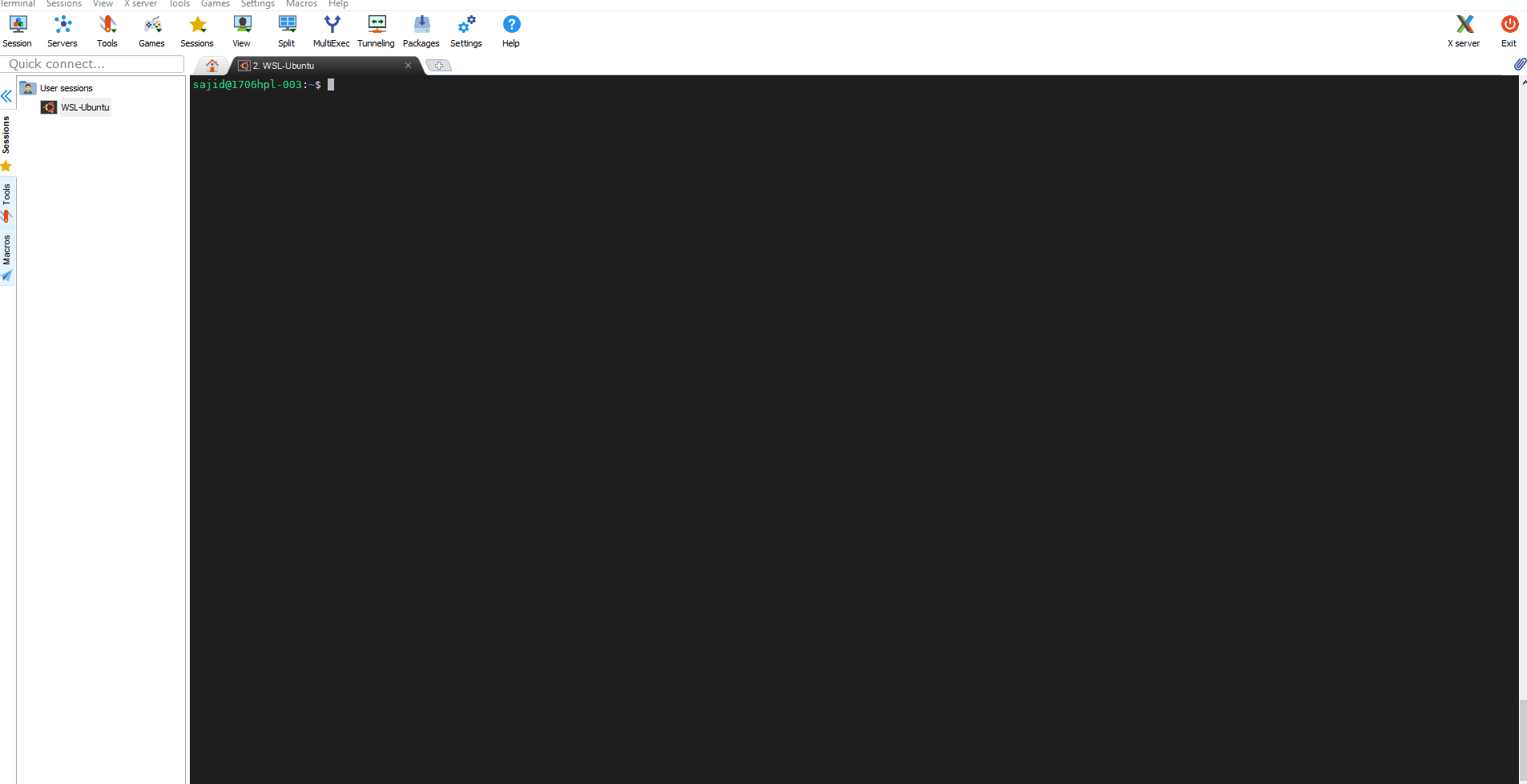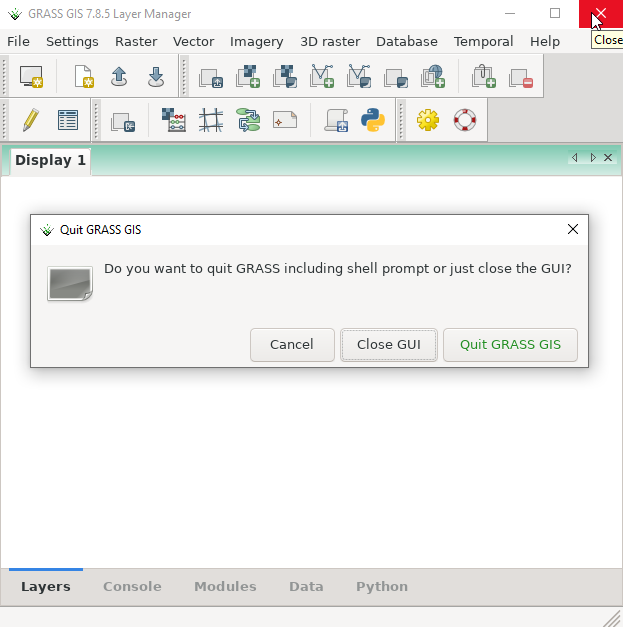

Spatio-temporal analysis with GRASS GIS
IHE Delft Institute for Water Education
The Netherlands
Outline
- Installation steps
- Introduction to GRASS GIS
- Start with GRASS GIS - first steps
- Explore features of GRASS GIS
- Exercise 1 - Seasonal aggregation and statistical analysis
- Exercise 2 - Spatio-temporal analysis of climatic data (optional)
- Exercise 3 - Processing climatic data from GLDAS
Start with GRASS GIS - first steps
Create a GRASS database
GRASS database is a folder where you exclusively store all your data in native grass format. Normally we make a folder called "grassdata" inside C: or D: or any other drive where there is space.
In my computer it is in
Launch GRASS GIS
In the MobaXterm Ubuntu session type in
Create locations and mapsets
Assuming you have already created your GRASS GIS database here:Now, open MobaXterm Ubuntu session and follow the commands in below snippet to create location and mapset using command line.
Using Command line
# To get the help of command
grass78 --h
# Create (-c) just the location called "utm38n" in epsg:32638 and exit (-e)
# Remember name of the location can be anything, give a logical name
grass78 epsg:32638 /mnt/d/grassdata/utm38n -c -e
# Create (-c) mapset called "ulb_wapor" inside the location "utm38n" and open GRASS GIS in "utm38n/ulb_wapor" mapset
grass78 /mnt/d/grassdata/utm38n/ulb_wapor -c
# "-c" flag in above command is required only one time to create the mapset ulb_wapor
# Afterwards use below command (without -c flag) to just start the existing mapset.
# grass78 /mnt/d/grassdata/utm38n/ulb_wapor
Using GUI To open Grass GIS in both GUI and command line, type
Exiting GRASS GIS
There are multiple ways to exit from GRASS GIS. Either you close the GUI or use
Using Command line
In the MobaXtern Ubuntu session, inside the grass session use
Using GUI While closing the Grass GIS from GUI, 'Close GUI' only close the GUI while retain the active Grass session in the command line. The option 'Quit GRASS GIS' will close both GUI and command line sessions.
Last changed: 2021-07-07
GRASS GIS manual main index | Topics index | Keywords Index | Full index | Raster index | Vector index | Temporal index |

Licensed under a Creative Commons Attribution-ShareAlike 4.0 International License - Thanks to Vaclav Petras for the style.


